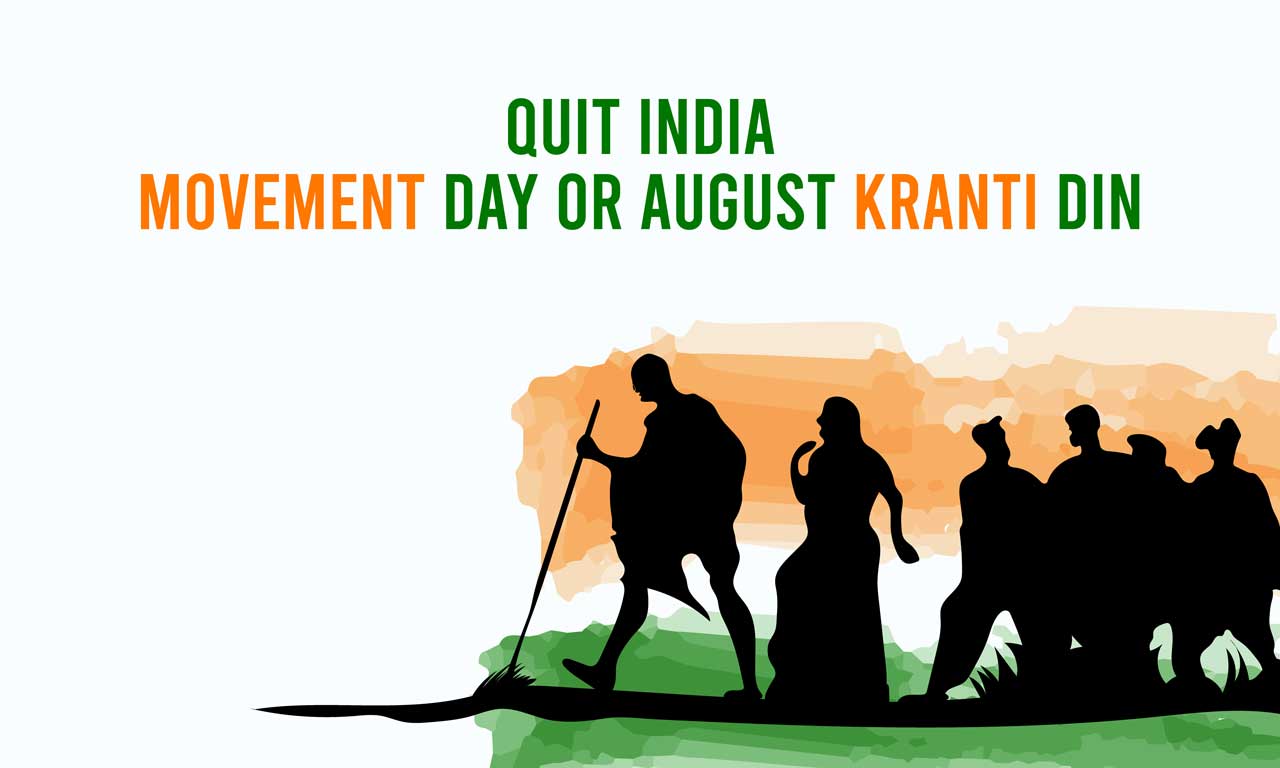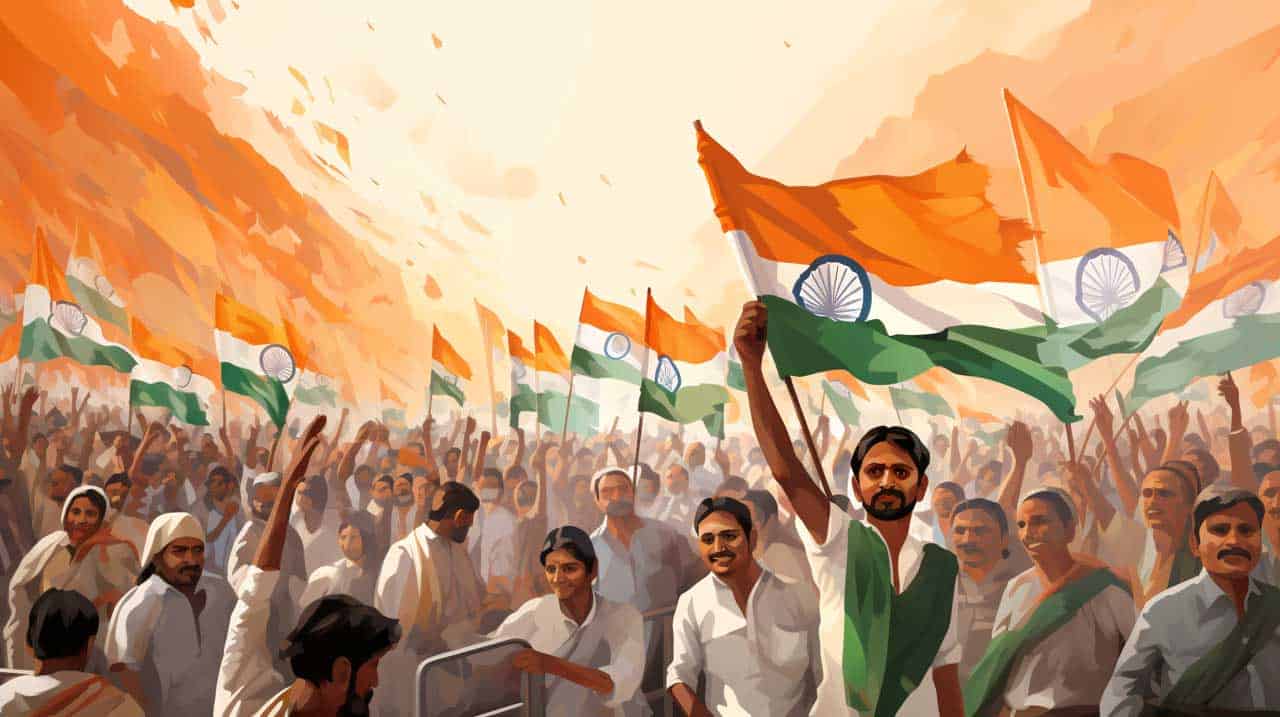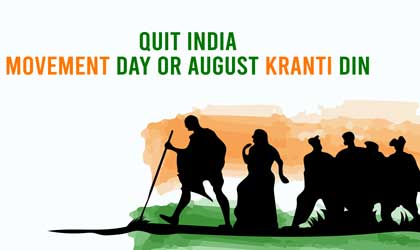
Reminiscence of Indian Freedom Struggle
If one visit Mumbai, one may witness the place which have a remarkable impact in our history of freedom struggle movement. We are talking about Gowalia Tank Maidan, a walkable distance from Chaupathi beach which is an extension of the Mumbai’s famous Marine Drive.
Gowalia Tank Maidan is a historical place remembered for the contribution of two main events in our freedom history. The first reason was that Indian National Congress established in 1885 at this place. The second was that Gandhi gave the call of “Quit India Movement” on 8th August 1942.

What was Quit India Movement?
This was the last mass movement before we gained independence. Before, Quit India Movement various movements namely Civil Disobedience, Non-cooperation and Khilafat etc. All these experiences gained from the earlier movement were culminated into the Quit India Movement which was launched on August, 8, 1942 by Mahatma Gandhi with the help of other prominent leaders. Gandhi addressed a huge assembly gathered at Gowalia Tank and gave the clarion call of “Do or Die”. Various people from different strata of society obeyed his call and started a mass movement. This movement galvanized people from every section of society like Youth, Workers, Peasants, Muslims, Zamindars etc.
Features of Quit India Movement
Prominent Role of Women
Women played a very crucial role during the movement. School and College going girls actively participated. They were brave women in front of the Britishers. They not only participated but also led the movement with men shoulder to shoulder. Aruna Asaf Ali, Sucheta Kriplani, Usha Mehta are some examples. An extraordinary women was Matangini Hazara who was a widow. She took procession of women towards the police station and started a violence that remained noticed in the history of Indian struggle movement. However she lost her life but with the Flag flying high.
Leaderless Movement
British government imprisoned many Congress leaders. Top leaders were put behind prisons. But the immense faith of people in their leaders made this movement the largest one and prepared the grounds for future politics in India.
Gandhi: Divergent from Non-Violence
Gandhi experimented his style of movement from the Champaran and gradually gained experiences in the meantime. He strictly followed his tool of non-violence in all the movements except the Quit India which makes this movement unique. This method is usually termed as social radicalism of Gandhi. Gandhi’s militant mood were clearly visible in his slogan of “Do or Die”.
Parallel Government
Parallel government was one of the feature of Quit India Movement. These government set up in different parts of India undertook various welfare measures in favour of the common people. It boosted confidence among the Indians that the Indians can run administration in their favour categorically denying the proclaimed theory of White Man’s burden.

Prevailed Situation and a New Dawn Ahead
Subhash Chandra Bose organized a military outside and started to dethrone the British from the East side with the help of Japan. Britain was under immense pressure to solve the issue of future status of India before the end of war. Britishers send Sir Stafford Cripps, a member of war cabinet with a draft declaration that include dominion status for India and few changes in the Government of India Act of 1935. But the Indians under the leadership of Mahatma Gandhi had already understood the colonial mentality of Britishers, now the red line has been drawn and it was nothing than a complete complete withdrawal of Britishers. Gandhi internalized the situations in which the Britishers were engulfed and asked for a voluntary withdrawal. The British government swiftly assessed the situation moving out of their hands. They immediately locked leaders behind prison and brutally suppressed many of the demonstrators. It resulted into a sense of common belonging and unification among the diverse and scattered sections of society.
Mass movements are usually ephemeral. By March 1943, it was extinguishing. However, the Quit India Movement failed to get immediate independence from the Britishers. But it succeeded in shaping the future ground for Indian struggle towards its ultimate goal. The Muslim League set its stronghold during this phase, as many leaders from the Congress were behind bars. The seed of dissent and aversion sown by the British government way before was nourished by the Quit India Movement, which resulted in the unfortunate division of states.
Written by: Aijaz Hussain



